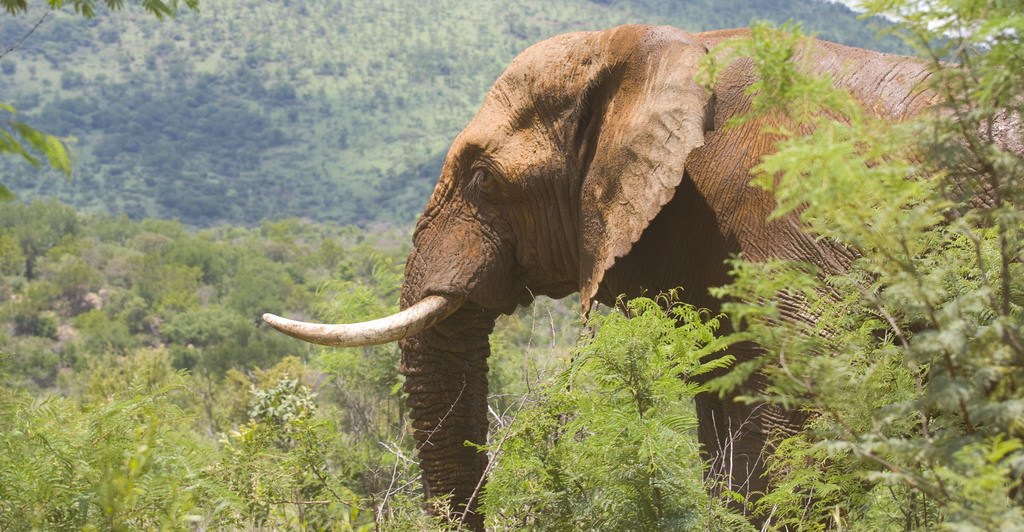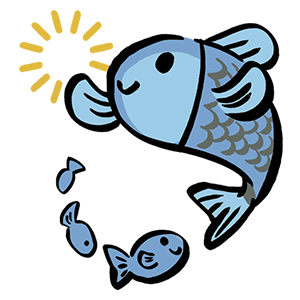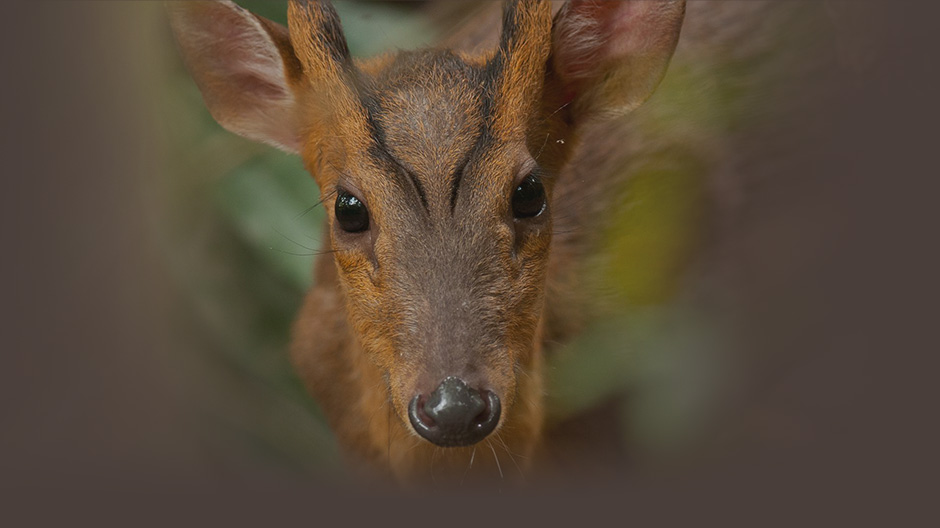於南非所舉辦的第17屆約翰尼斯堡華盛頓公約會議上,那米比亞、南非和辛巴威提出的象牙貿易合法化提案,在布吉納法索、肯亞、剛果共和國和查德等國的強勢主導下,被大多數締約國所拒。華盛頓公約會議秘書處提給常委會之繼續探討象牙貿易合法化決策機制的提案,終未獲得2/3締約國同意,代表們似乎傾向更積極保護大象。

2007年華盛頓公約會議啟動象牙貿易合法化決策機制談判,談判結果可能導致重啟象牙國際貿易。這持續多年的談判引發諸多爭議。2013年華盛頓公約會議上延長了談判期限,並組成合法化決策機制談判工作小組,不過談判至今仍未產生任何機制。
“Imagine if all the people in the world could fit into one stadium. Sadly, all the wild rhinos in the world can, with room to spare.” So begins the WildAid demand reduction commercial, “Whole World,” starring Prince William, the Duke of Cambridge, David Beckham, and NBA star Yao Ming. The public service announcement is aimed at Vietnamese and Chinese consumers of rhino horn products.
Life or death decisions are being made in Johannesburg at the triennial meeting of CITES, the Convention on International Trade in Endangered Species of Wild Fauna and Flora. From September 24 – October 5, delegates from 182 countries and the EU meet, debate, and determine the fate of wild species of all kinds – from the tiny natal ginger plant to the massive African rhinoceros.
Rhino decisions are informed by a 2015 rhino status-conservation-trade analysis, prepared jointly for CITES by the World Conservation Union (IUCN) and TRAFFIC.
With a “ninety percent confidence level,” the study reports that 25,628 wild rhino live in Africa, an increase of 201 animals since the 2012 count. While an increase of a few hundred animals may not sound like much, given the precarious state of rhino populations, everyone celebrates each additional animal even as the cause of the increase is debated.
The report also announces that a record high number of rhinos were poached in 2015 – 1,342 animals. Most of the poaching occurs in South Africa, home to about 79 percent of the continent’s rhinos. Rhino population growth is a numbers game: births minus deaths minus poaching = growth, if any.
USA recommends CITES study on bioengineered wildlife products.
Conservation organizations have been working to ensure that bioengineered wildlife trade is regulated by CITES. As part of that effort, the International Environmental Law Project (IELP) was asked to research CITES’ authority over bioengineered wildlife products.
Led by two international law experts, Founder and Director Chris Wold, and Clinical Professor of Law Erica Lyman, IELP has been providing legal advice to NGOs and CITES Parties since 2001.
The IELP legal research was presented to the Parties within the U.S. Fish and Wildlife Service (FWS) submission to CoP17 entitled “Regulating ‘Bioengineered’ Wildlife Products Under CITES: Interpreting the Term ‘Readily Recognizable.’
On day three of the CITES meeting, U.S. Delegate Craig Hoover, chief of the Division of Management Authority at the FWS, made an oral presentation in Committee II concerning bioengineered rhinoceros horn.
Hoover explained the FWS interest in the topic: “several companies and researchers are reportedly developing or have developed bioengineered rhinoceros horn and rhinoceros horn powder.”
The United States recommended that the CITES Secretariat, subject to external funding, undertake a review to clarify the application of CITES regulation to “wildlife products produced from synthetic or cultured DNA with a view to ensuring that such trade does not pose a threat to the survival of CITES-listed species.”
In short, says Hoover, “We are proposing a process to be sure CITES provisions are sufficient to regulate biofabricated products.”
Canada, the European Union (EU), New Zealand, and South Africa all expressed agreement with the U.S. proposal.
China stated its belief that “products produced from synthetics should be encouraged to meet the needs of human society to relieve the pressure on wildlife populations.”
As a first step China suggested that the impact of synthetics on conservation should be studied.
At the close of the discussion, Committee II Chair, Jonathan Barzdo, announced that there was consensus to adopt the U.S. proposal. The report and recommendations will be considered three years from today by the delegates in 2019 at CITES Cop18 in Sri Lanka.
Venture capitalist makes a pitch – support bioengineered rhino horn.
Side event meetings on September 26 highlighted the sharp disagreements between leaders of the international conservation community and Matthew Markus, co-founder and CEO of Pendient, a start-up based in Seattle, Washington.
Both constituencies share a commitment to stop illegal rhino killing, but each has a very different vision of the solution.
Pembient wants to “leverage advances in biotechnology to fabricate wildlife products, such as rhino horn, at prices below the levels that induce poaching” – conservation 3.0.
In other words, flood the market with bioengineered rhino horn to the point where the poachers lose economic incentive and the product loses its luxury status.
Pembient knows that its approach is untried, complex and fraught with unknowns – technological, political, and social. Yet, Markus is frustrated at the status quo – after decades of conservation efforts, the poachers are winning the rhino war.
On the other hand, the conservation community is generally focused on strategies to reduce consumer demand and enhance law enforcement efforts.
Consumers in Vietnam and China trade in illegal rhino horn primarily for medicinal purposes and to hold as an investment commodity.
The general belief is that bioengineered rhino products will spur consumer demand and accelerate poaching.
Although Markus does not agree, he says that he is “always interested in comments and critiques because that makes me think about my model.”
But not everyone is skeptical of Pembient. In 2015, it became an IndieBio company. Backed by SOSventures, IndieBio, is an accelerator dedicated to early stage biology startups. Companies accepted into the program receive mentorship and an investment package consisting of cash and dedicated lab space that is worth $100,000.
New Harvest, a non-profit “research institute accelerating breakthroughs in cellular agriculture” is also interested in the Pembient potential. New Harvest is committed to the power of cellular agriculture, to “advancing animal products without animals.”
The conservation community has many concerns about the introduction of synthetic rhino horn or powder into the world economy. Will it dramatically increase the demand for “wild” rhino horn and thus accelerate rhino extinction? Will the forensic challenge thwart law enforcement? Will it fuel illegal trade activities?
Markus says that he welcomes the FWS-recommended CITES study of bioengineered products and is eager for the study results and recommendations.
※ 全文及圖片詳見:ENS
 網站捷徑
網站捷徑



